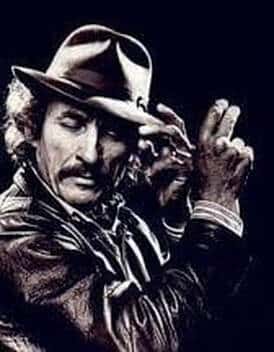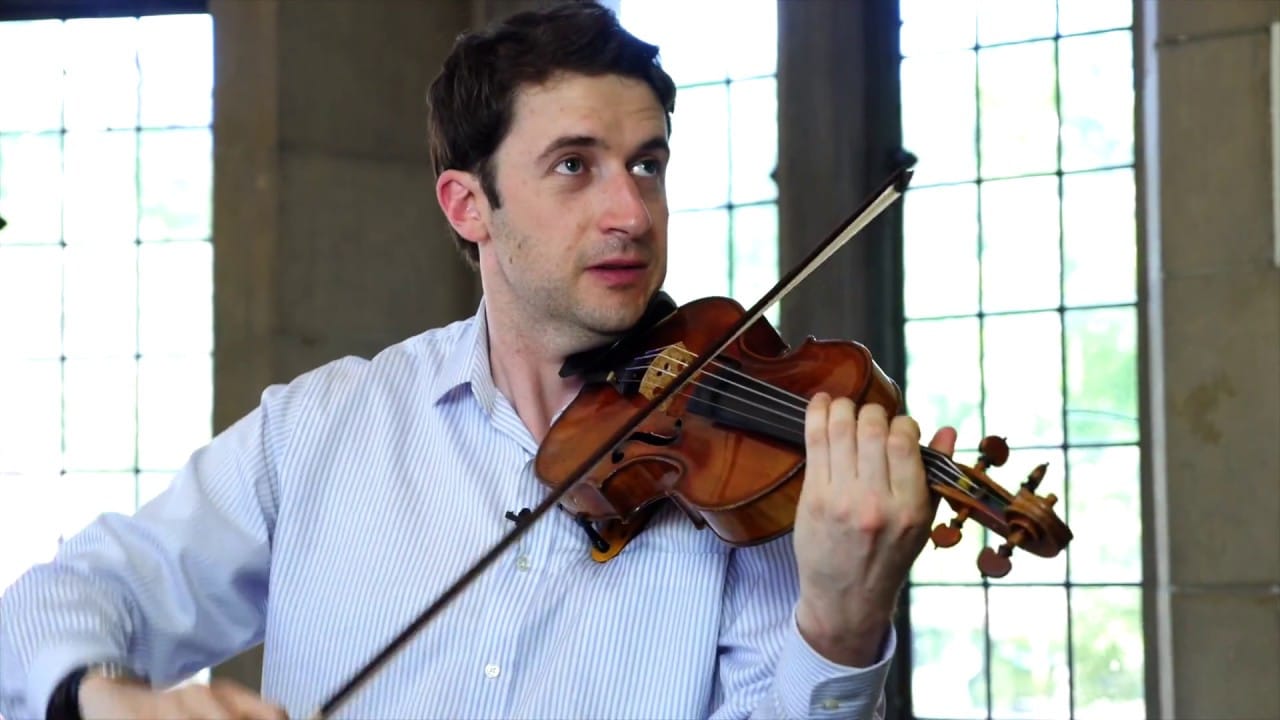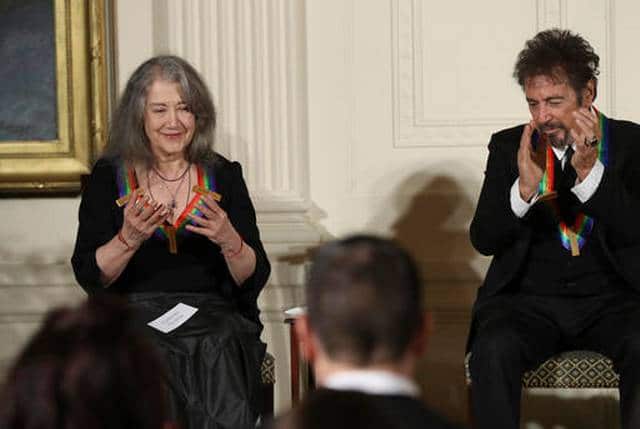Ruth Leon recommends… Teodoro Morca – Freedom
Ruth Leon recommendsTeodoro Morca – Freedom
Flamenco is a difficult artform to penetrate if you’re not born to it. Today we know it as the song, dance, and instrumental music commonly associated with the Andalusian Roma (Gypsies) of southern Spain. Its somewhat tangled roots emanate from Rajasthan (in northwest India) arriving in Spain between the 9th and 14th centuries via Roma (gypsy) migration with instruments unknown at the time such as tambourines, bells and castanets.
This then mixed with and was integrated into the music and dance of communities as different as Sephardic Jews and Moors. This centuries-long cultural intermingling produced the unique art form known as flamenco.
Its dance is incredibly complex, being composed of tiny movements of the feet and the beating of contrapuntal rhythms with the heels, each of which has its own history and construction.
Masters of the form pop up in every generation, often emerging from the bars and streets of Spain’s poorer neighbourhoods. Others follow the masters and learn at their feet, literally, despite coming from countries with no flamenco tradition at all.
Such a master is Teodoro Morca who was born to Hungarian immigrants in Los Angeles and began his Spanish dance training in 1952 as a teenager with the Cansino family, Antonio Triana, and Martin Vargas. With dance training wider than most flamenco dancers, he studied classical ballet, escuela bolera, modern dance, and karate.
Flamenco had come into fashion in the U.S. following the Spanish Civil War. Artists sought refuge in America from Generalissimo Franco, and Morca was able to study with émigré dancers and to start earning recognition as a choreographer. But flamenco is jealously guarded by the Spanish and there was no way to be an American flamenco Master without relocating to Madrid where he joined Pilar Lopez’s Baile Español and became the only American teacher at the famed studio Amor de Dios.
He worked with many companies as either performer and choreographer, including José Greco, Teresa, First Chamber Dance Company, David Lichine, Lola Montes, Maria Alba, and Luis Rivera.
After returning to the US he danced and taught regularly at Jacob’s Pillow where this video of his signature solo, Freedom, was made for a video compilation entitled The Joy of Bach. The music, therefore, is not flamenco guitar but Bach’s Toccata and Fugue in D Minor.






Comments